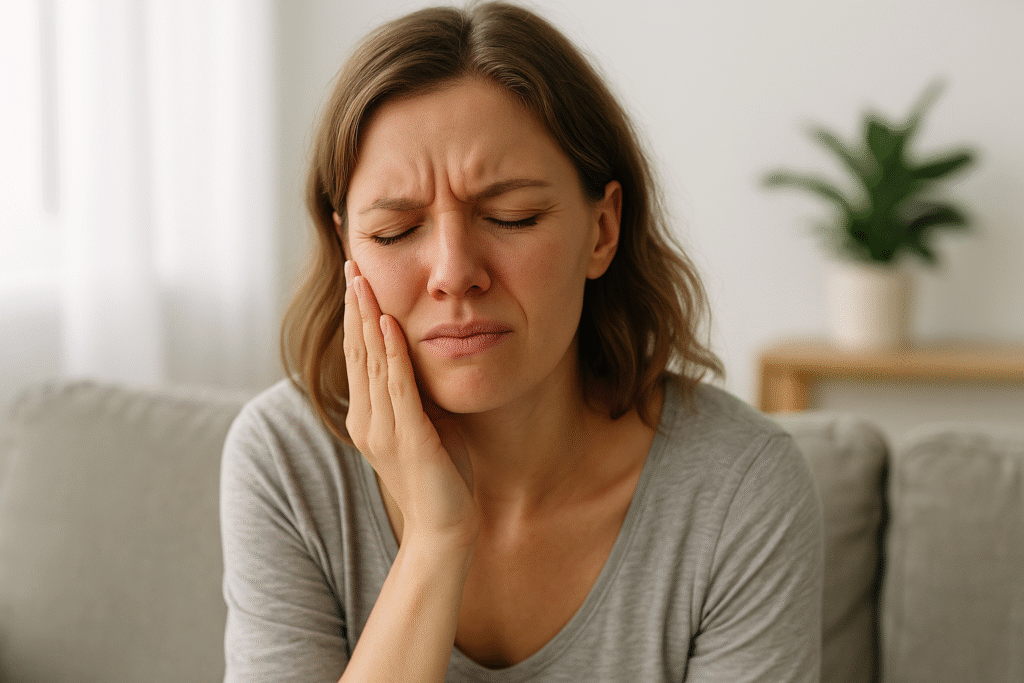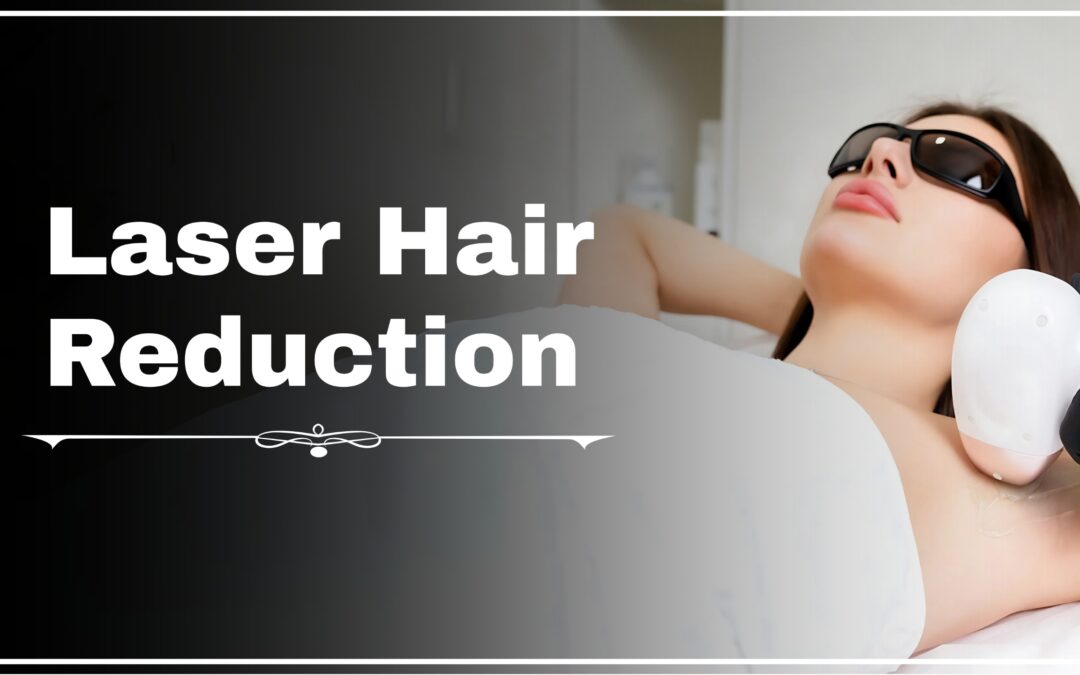Introduction
Let’s face it—removing unwanted body hair is a never-ending cycle. Whether it’s shaving every other day, booking monthly waxing appointments, or dealing with ingrown hairs, it can get exhausting. If you’re searching for a more lasting solution, Laser Hair Removal might be exactly what you need.
In this guide, we’ll walk you through how it works, the benefits, what to expect, and common questions—explained in a clear, no-jargon way.
What Is Laser Hair Removal?
Laser Hair Removal is a cosmetic procedure that uses laser light to target hair follicles. The pigment in the hair (melanin) absorbs this light, which heats and damages the follicle, slowing or stopping hair growth over time.
While it doesn’t remove every single hair permanently, it offers long-lasting results. Many people find they no longer need to shave or wax regularly after completing a series of treatments.
How Does It Work?
To understand Laser Hair Removal, it helps to know how your hair grows. Hair goes through three phases:
- Anagen (growth phase)
- Catagen (transition phase)
- Telogen (resting phase)
Laser treatment is only effective during the anagen phase, when the hair is actively growing and still connected to the follicle. Since not all hairs are in this phase at the same time, multiple sessions are necessary to catch all the hairs as they cycle through growth.
During treatment, the laser targets the melanin in the hair. The light energy converts to heat, damaging the follicle enough to prevent or significantly delay regrowth.

Why People Love Laser Hair Removal
There are plenty of reasons why people are switching from razors and wax to laser technology.
First, it gives you long-lasting results. After a few sessions, most people notice a dramatic reduction in hair growth. For some, the hair barely grows back—or comes in lighter and finer.
Second, it saves time. Imagine not having to shave every morning or schedule a waxing appointment before your next vacation. Once your sessions are done, maintenance is minimal.
Third, it reduces ingrown hairs. If you often deal with painful, inflamed bumps after shaving or waxing, Laser Hair Removal can help by destroying the root cause—literally.
Lastly, it’s quick and precise. Small areas like the upper lip take just a few minutes to treat. Even larger areas like legs or back are surprisingly efficient with today’s technology.
Who Is It Best For?
Laser Hair Removal works best on people with light skin and dark hair, because the laser targets melanin (pigment). However, newer lasers are now effective on darker skin tones as well, thanks to technologies like the Nd:YAG and diode lasers that bypass the pigment in the skin and go directly to the hair follicle.
If you have blonde, white, gray, or red hair, Laser Hair Removal may be less effective. These hair types have less pigment, making it harder for the laser to detect and destroy the follicle.
Areas You Can Treat
You can use Laser Hair Removal on just about any part of the body where unwanted hair grows. Popular treatment areas include:
- Face (upper lip, chin, jawline)
- Underarms
- Bikini area or full Brazilian
- Legs and arms
- Back and chest
- Neck and shoulders
- Stomach or lower abdomen
Some people choose to treat a small area, while others go for a more comprehensive approach with multiple zones. It really depends on your goals and comfort level.

What to Expect Before, During, and After Treatment
If it’s your first time, the process may sound intimidating, but it’s actually quite straightforward.
Before your session, you’ll be asked to shave the area 24 hours prior. Avoid waxing, plucking, or bleaching the hair in the weeks leading up to treatment, since the laser needs the root to be intact. Also, try to avoid sun exposure and tanning for a couple of weeks.
During the session, you’ll wear protective goggles to shield your eyes. The technician may apply a cooling gel or use a device with a built-in cooling tip to make the treatment more comfortable. The sensation is often described as a quick zap or snap—kind of like a rubber band flicking against the skin.
After treatment, your skin might be a little red or puffy, similar to a mild sunburn. This usually fades within a few hours. You can soothe the area with aloe vera or a cold compress. It’s also important to avoid hot showers, saunas, and intense workouts for about 24 to 48 hours. And always wear sunscreen on treated areas if they’re exposed to the sun.
How Many Sessions Do You Need?
Most people need six to eight sessions for optimal results. These are usually spaced four to six weeks apart, depending on the area and your hair growth cycle. The reason for this is that not all hairs are in the growth phase at the same time, and the laser is only effective on active follicles.
After you complete your initial series, you might need occasional maintenance treatments, usually once or twice a year, especially if you experience hormonal hair growth.

Is It Painful?
Pain is subjective, but most people describe Laser Hair Removal as mild to moderately uncomfortable—nothing unbearable. It’s often compared to a light pinch or the snap of a rubber band. Some areas, like the bikini line or upper lip, may be more sensitive due to thinner skin and more nerve endings.
If you’re concerned about discomfort, ask your technician about applying a numbing cream before the session. Many modern devices also include a cooling feature to make the process more comfortable.
Is It Safe?
Yes, when performed by a qualified and experienced technician, Laser Hair Removal is very safe. It’s been FDA-approved for years and is one of the most commonly performed cosmetic treatments worldwide.
However, like any procedure, there can be some temporary side effects, including:
- Redness
- Swelling
- Mild skin irritation
- A slight burning or tingling sensation
Serious side effects, such as burns, blisters, or pigmentation changes, are rare—especially when proper safety protocols are followed. That’s why it’s important to choose a reputable clinic with skilled professionals.
Are the Results Permanent?
Laser Hair Removal offers long-term reduction, not 100% permanent removal for everyone. Many people experience permanent hair loss in treated areas, especially after several sessions. Others may see occasional regrowth, which tends to be lighter, softer, and more manageable.
Hormonal changes, like those caused by pregnancy or medical conditions such as PCOS, can trigger regrowth over time. That’s where maintenance sessions come in handy—they help keep your skin smooth year-round.

Tips to Maximize Your Results
Here are a few expert tips to get the most out of your Laser Hair Removal journey:
- Stick to your schedule. Skipping sessions can reduce the treatment’s effectiveness.
- Avoid waxing or plucking. The laser needs the hair root to work.
- Don’t tan before or after. Tanned skin increases the risk of burns or pigmentation issues.
- Keep skin moisturized. Hydrated skin tends to heal and respond better.
- Be patient. Results improve with time and consistency.
Conclusion
Laser Hair Removal is more than just a beauty trend—it’s a practical, long-term solution for smooth, hair-free skin. It’s convenient, effective, and can help you break free from the cycle of constant maintenance.
If you’re tired of shaving, fed up with waxing, or just ready for something more lasting, Laser Hair Removal might be exactly what you need. Just make sure to choose a professional provider, follow your treatment plan, and give your skin the care it deserves.
Frequently Asked Questions
1. How long does Laser Hair Removal last?
Results can last for months or even years. While it’s not always permanent, many people enjoy long periods of smooth, hair-free skin with only occasional maintenance.
2. Can I shave between sessions?
Yes, shaving is perfectly fine and even recommended. Just avoid waxing, tweezing, or anything that removes the hair from the root, as this interferes with the laser’s ability to target the follicle.
3. Is Laser Hair Removal suitable for all skin types?
Modern laser technologies can treat most skin types safely. However, it’s important to consult with a provider who has experience working with your specific skin tone.
4. How soon will I see results?
You may notice thinner or patchy regrowth after the first session. Most people start seeing visible improvements after two or three treatments, with best results after six or more.
5. Can I get Laser Hair Removal on my face?
Yes, facial areas like the upper lip, chin, sideburns, and jawline are commonly treated. Just be sure to follow aftercare instructions carefully, as facial skin can be more sensitive to sunlight and irritation.

